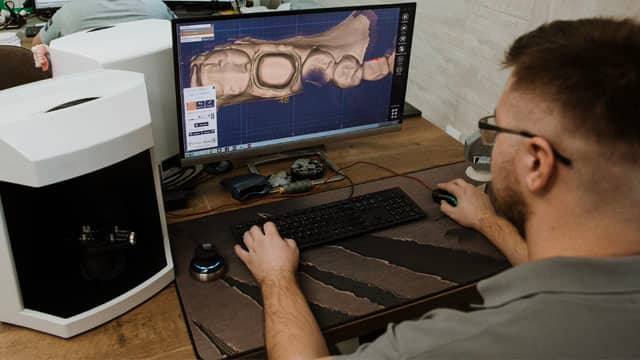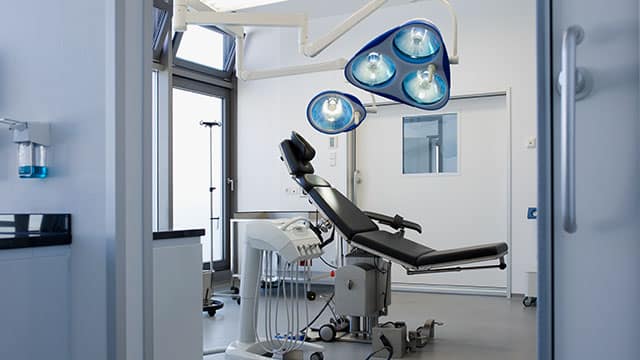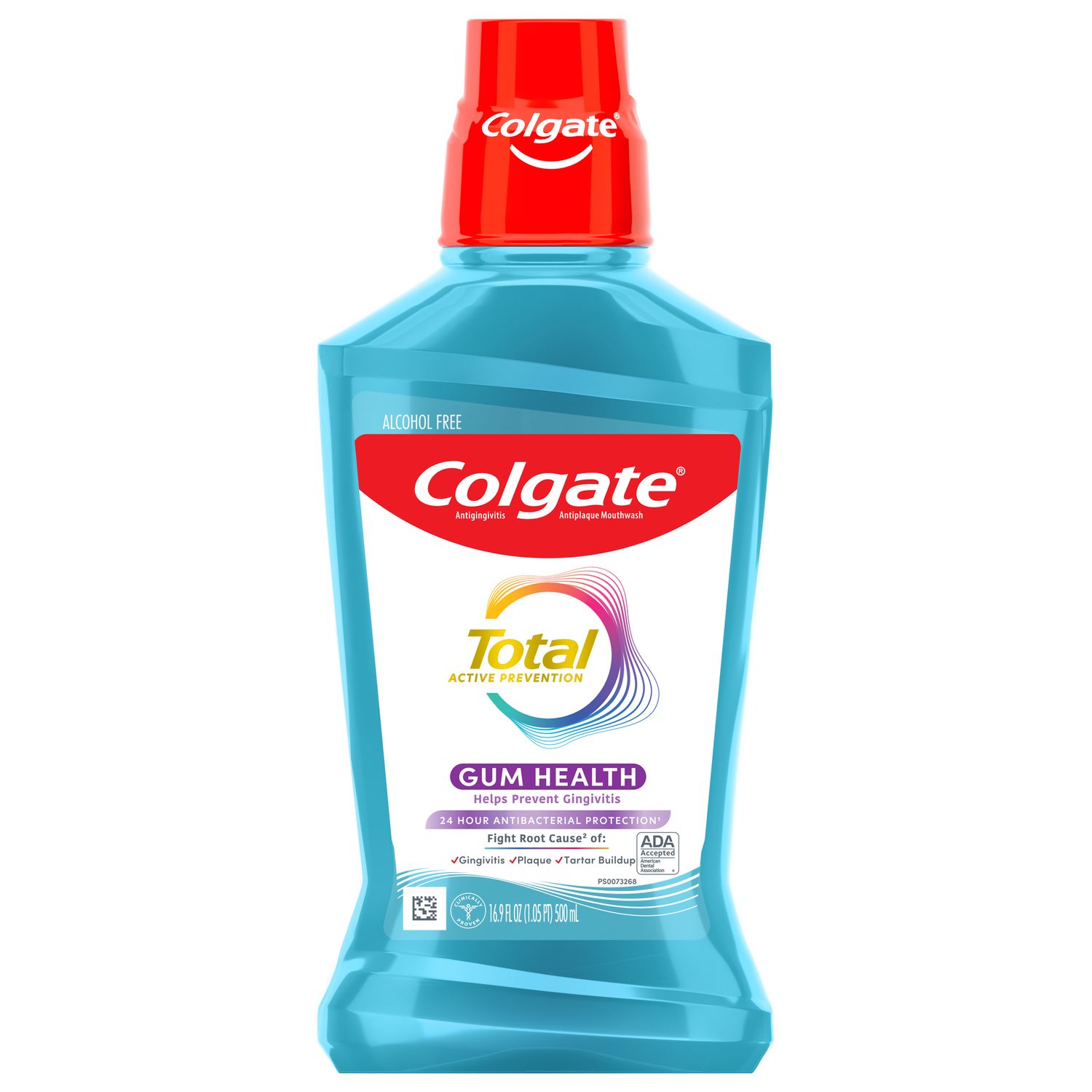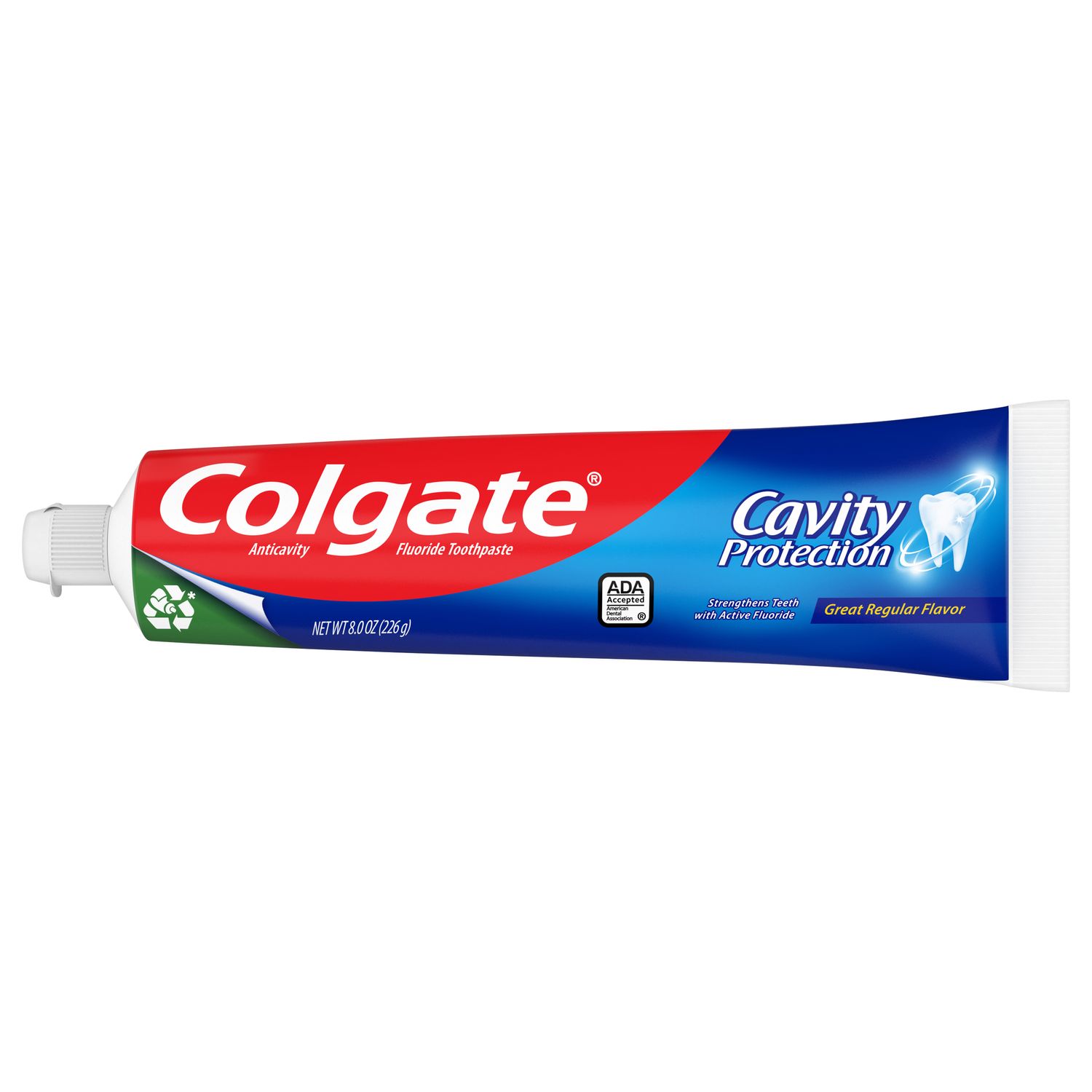Understanding Digital Dentistry and the CAD/CAM Process
CAD/CAM dentistry describes the software that makes it possible for dental professionals to perform complex restorations faster, more efficiently, and sometimes more accurately. Both dental practices and laboratories use CAD/CAM technology to construct restorations like crowns, inlays, onlays, veneers, bridges, dentures, and implant-supported restorations from high-strength ceramic. Here's what to expect from a restoration procedure using CAD/CAM.
- Tooth Preparation. Your dental professional will prepare the site for your restoration by removing all decay or portions of the structurally unsound tooth.
- Intraoral Scanning. Next, an optical scanner will digitally capture the tooth preparation and surrounding teeth to create a 3D custom image.
- Restoration Design. With those 3D images, the dental professional will use the CAD software to design the final restoration.
- Milling. Next, a milling machine takes the design and shapes the crown, veneer, inlay, onlay, or bridge from a single block of ceramic.
- Sintering and Polishing. The restoration is stained or glazed to look more natural before being polished.
- Cementation. Finally, the restoration is permanently placed in your mouth to complete your smile.
This whole process could take anywhere from 45 minutes to two hours, depending on the case's complexity. Still, CAD/CAM requires less time and effort than traditional laboratory methods.
Benefits of CAD/CAM in Dentistry
The use of CAD/CAM technology provides benefits not only for dental professionals but also for patients. Some of the significant advantages include:
- Single-Visit Treatments. Using traditional laboratory methods, your dentist or prosthodontist would prepare your tooth, make an impression, and send the impression to a lab to create the final restoration. With CAD/CAM technology, the dental professional can sometimes complete all these steps in a single visit, allowing for fewer disruptions in your schedule.
- Digital Impressions. If you've ever had a conventional impression, you immediately understand the benefits of a digital system. The traditional method requires the patient to place a tray with a thick, gooey material — called alginate — in their mouth and hold for two to five minutes until the material sets. A scanner is placed in the patient's mouth with digital impressions and moved around the affected area — like waving a magic wand.
- Cost-effectiveness. CAD/CAM technology eliminates several outsourcing costs for your dental professional, and these savings may be passed onto the patient. Be sure to ask about your options and the associated costs.
Is CAD/CAM Dental Work Right For You?
Not every tooth can be treated with CAD/CAM dentistry, so talk to your dental professional about your best options. Because precision and fit are essential for your restoration or prosthesis, the practitioner may prefer using the conventional laboratory method for complex fabrications. Start by asking your dentist about CAD/CAM technology and how it may impact your restoration appointment.
Oral Care Center articles are reviewed by an oral health medical professional. This information is for educational purposes only. This content is not intended to be a substitute for professional medical advice, diagnosis or treatment. Always seek the advice of your dentist, physician or other qualified healthcare provider.
ORAL HEALTH QUIZ
What's behind your smile?
Take our Oral Health assessment to get the most from your oral care routine
ORAL HEALTH QUIZ
What's behind your smile?
Take our Oral Health assessment to get the most from your oral care routine















